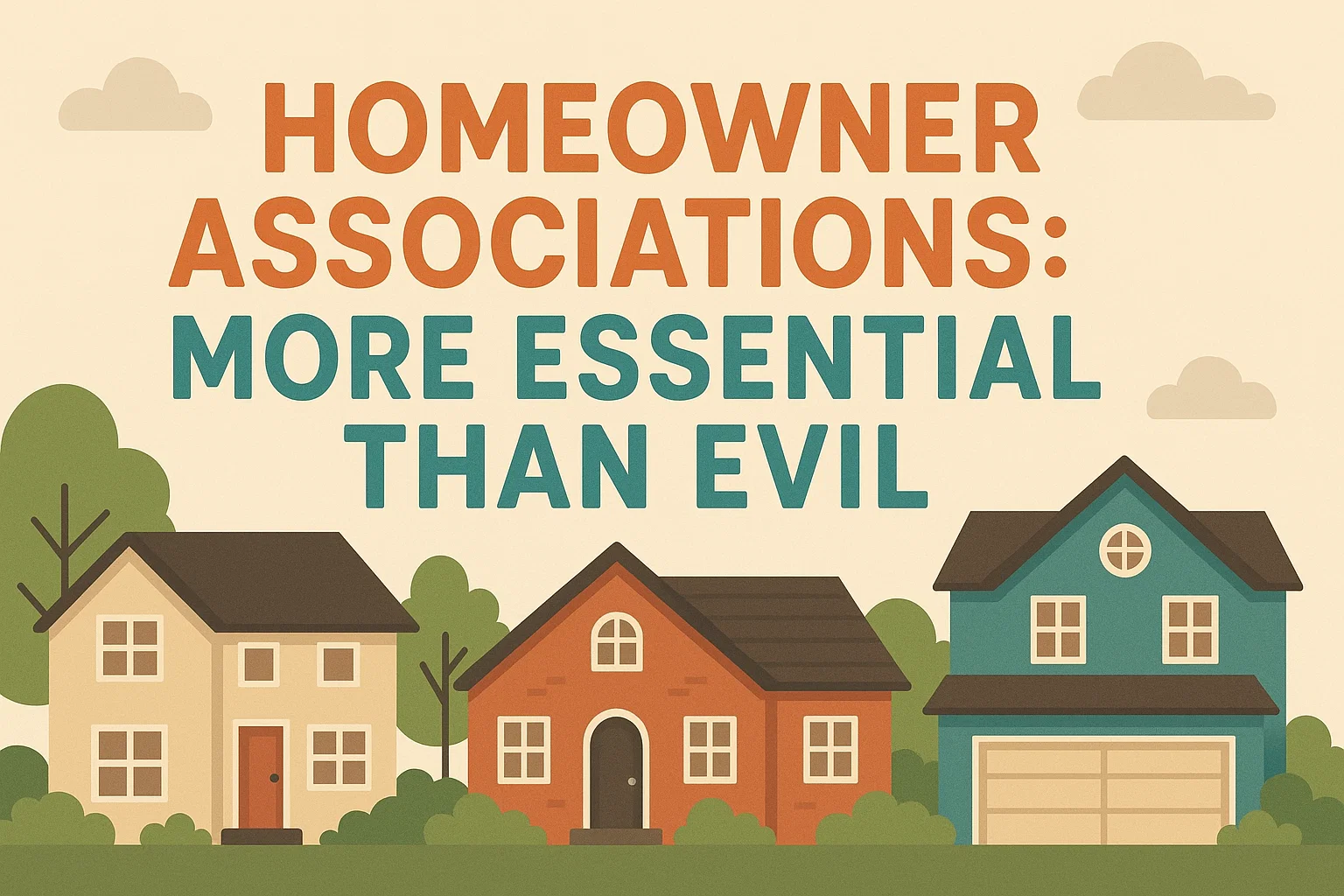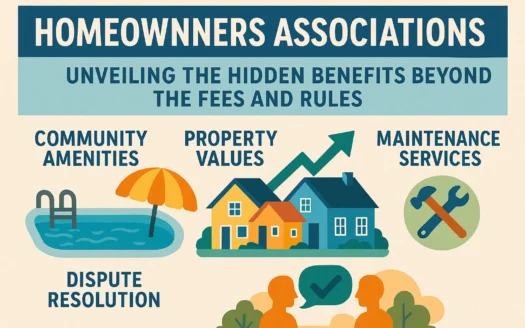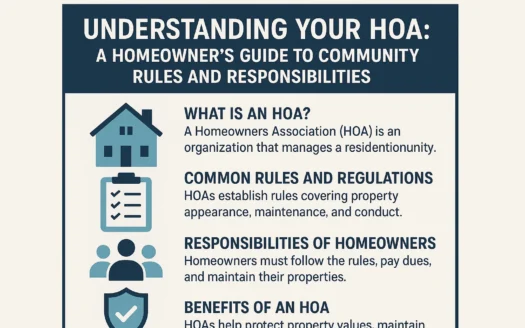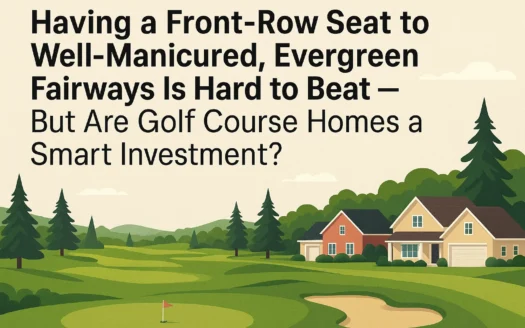Homeowner Associations: More Essential Than Evil
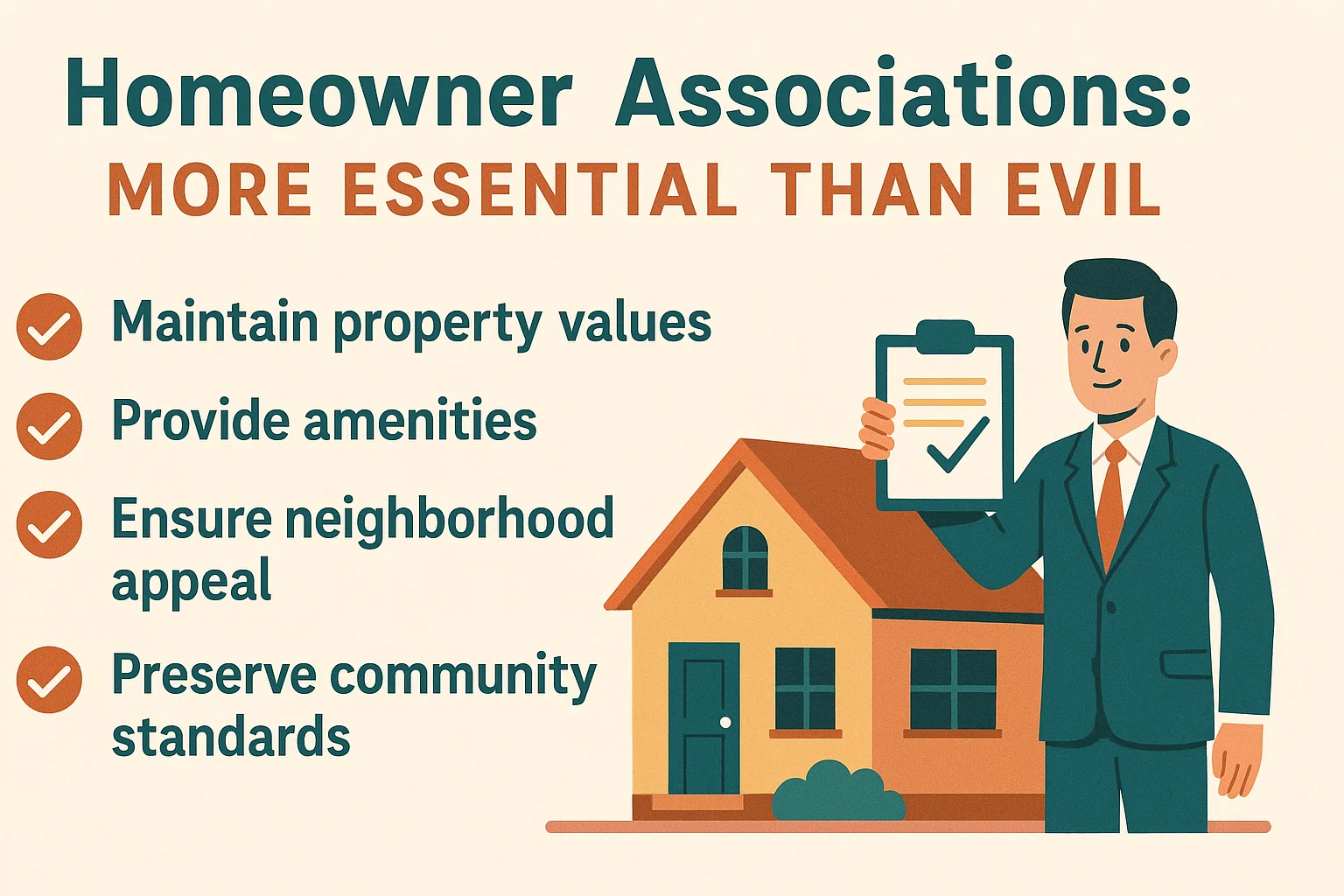
Homeowner Associations: More Essential Than Evil
The Prevalence of Community Associations
Homeowner associations (HOAs) are often viewed as a necessary evil. Yet, despite occasional headlines highlighting conflicts between residents and their associations, research shows HOAs are far more beneficial than problematic—and most residents are satisfied with their communities. According to the Community Associations Institute (CAI), approximately 62 million Americans reside in 315,000 association-governed communities, ranging from townhouses and apartments to sprawling master-planned developments rivaling small cities in size.
High Satisfaction Rates Among Residents
Independent research by IBOPE Zogby International reveals that 70% of residents in association-governed communities are happy with their living arrangements. Only 8% expressed discontent, while 22% remained neutral. These findings, consistent across surveys conducted in 2005, 2007, 2009, and 2012, underscore the overall positive perception of HOAs.
Common Complaints vs. Overlooked Benefits
Top Resident Concerns
- 15% cited restrictions on exterior improvements.
- 9% mentioned dissatisfaction with dues or assessments.
- 34% reported no significant complaints about their HOA.
Valued Advantages of HOAs
- 24% praised neighborhood attractiveness.
- 17% highlighted reduced maintenance responsibilities.
- 13% emphasized enhanced community safety.
- 12% credited HOAs with preserving property values.
The Role and Structure of HOAs
In metropolitan areas, 75% of new developments include an HOA. These communities often feature amenities like pools, parks, and clubhouses—shared facilities maintained through collective dues. Residents elect a board of directors to oversee operations, with some boards hiring management companies for day-to-day tasks.
HOAs and Municipal Partnerships
Developers frequently establish HOAs to meet municipal requirements, transferring responsibilities such as road maintenance and trash collection to residents. This arrangement allows cities to approve new housing without bearing infrastructure costs—a win-win for developers, localities, and homeowners.
Navigating Rules and Resolving Disputes
While most residents accept HOA covenants—similar to rental agreements—conflicts occasionally arise over rules like exterior paint colors or landscaping. Disputes often stem from misunderstandings or noncompliance, though boards may sometimes overreach. In such cases, residents can vote to replace board members or amend policies, reinforcing HOAs as a localized form of democracy.
A Democratic Framework for Community Living
Ultimately, HOAs operate as micro-governments, balancing individual freedoms with collective interests. By enforcing rules to protect property values and shared amenities, they exemplify community-driven governance—where every owner has a voice in shaping their neighborhood’s future.
